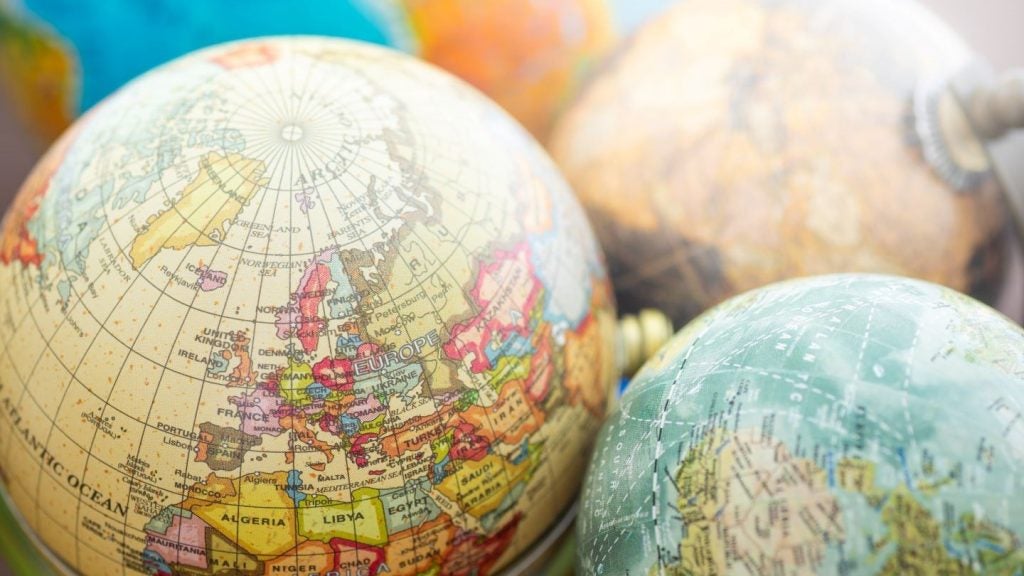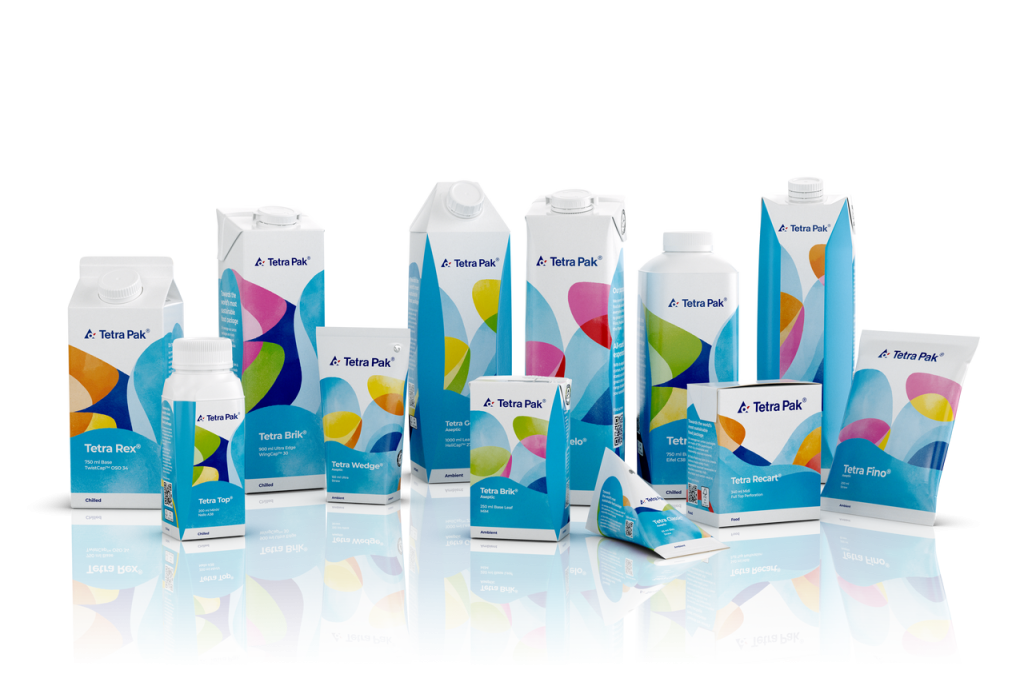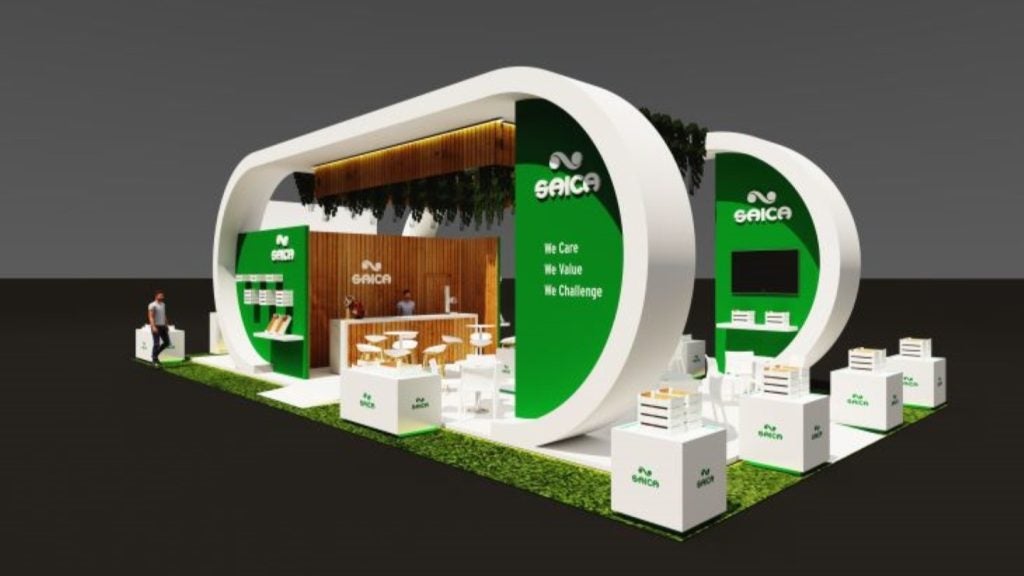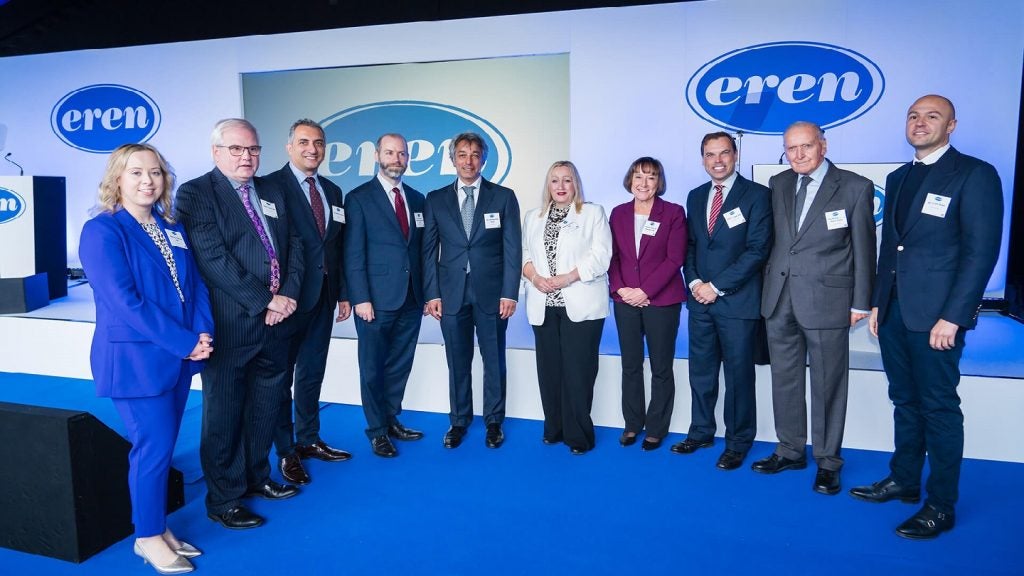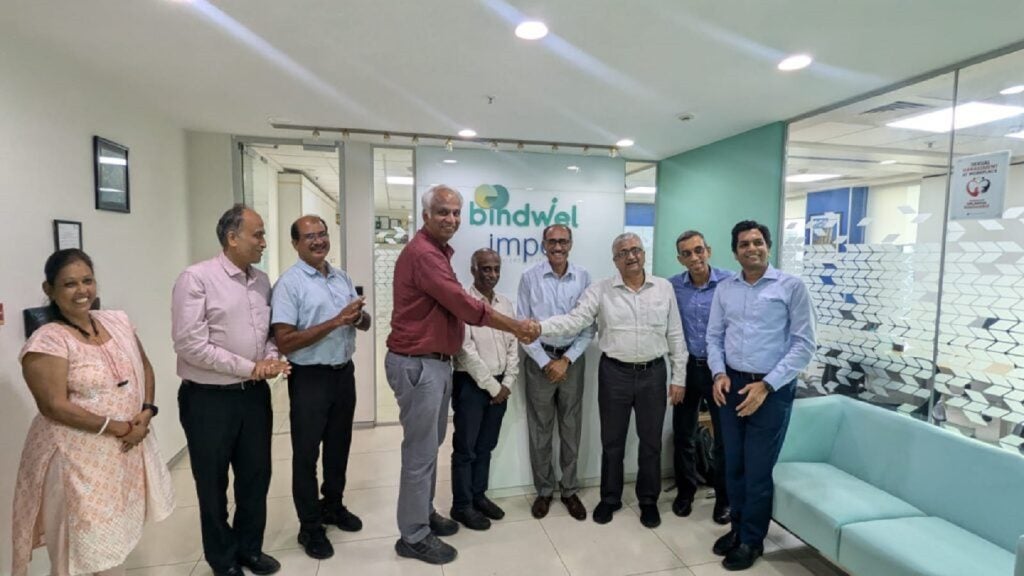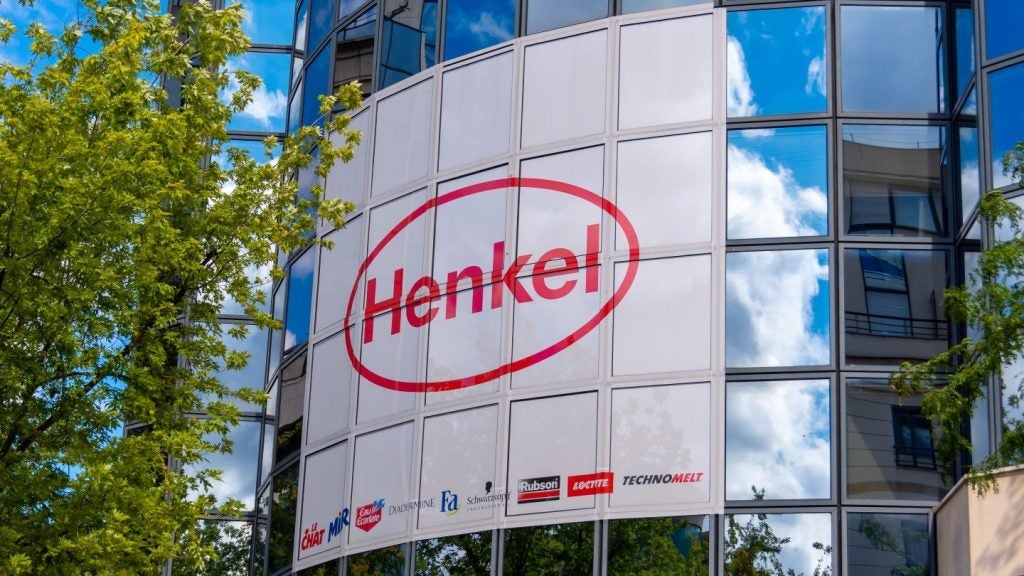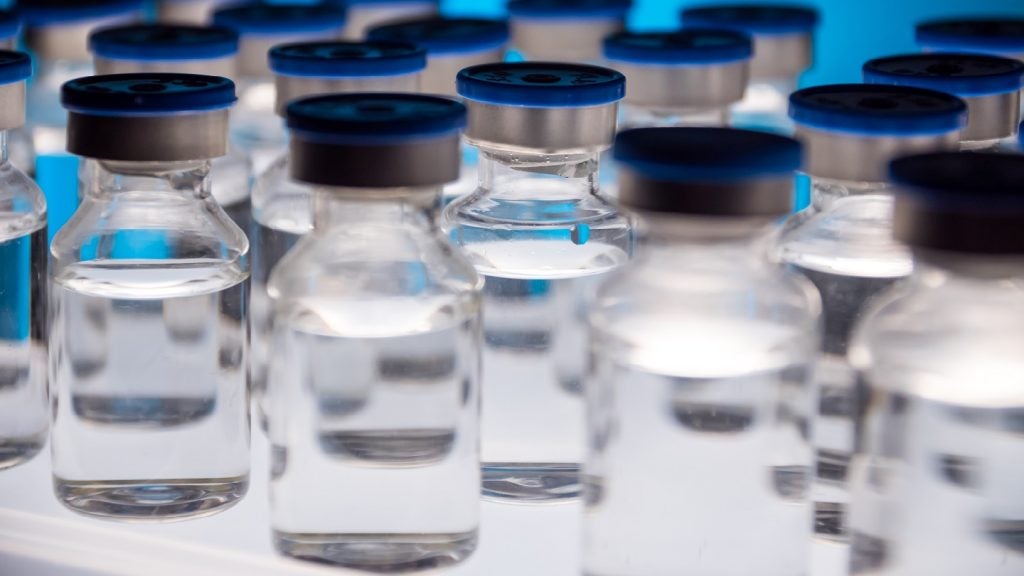The intersection of global politics and environmental sustainability has taken a front seat in recent years, driving a surge in innovation within the bioplastics sector.
As geopolitical tensions heighten, particularly surrounding trade and energy resources, industries reliant on conventional plastics are experiencing unprecedented disruptions.
For packaging professionals, these shifts present both challenges and opportunities, particularly as the demand for sustainable alternatives continues to grow.
Global supply chain disruptions
The packaging industry, heavily reliant on plastics, is particularly vulnerable to disruptions in global supply chains. Recent geopolitical events, such as trade wars, sanctions, and shifting alliances, have led to significant uncertainties in the supply of raw materials for conventional plastics.
Many of these materials are derived from petroleum, a resource deeply entwined with global geopolitics.
For instance, tensions in the Middle East, one of the world’s largest oil-producing regions, have led to fluctuations in oil prices and availability. Similarly, sanctions on key oil-exporting countries have strained the supply chains of petrochemical products, including those used in plastic production.
These disruptions have forced packaging companies to reconsider their reliance on traditional plastics, opening the door to bioplastics as a viable alternative.
Bioplastics, made from renewable resources such as corn starch, sugarcane, or cellulose, offer a more sustainable option. Unlike traditional plastics, which are derived from finite fossil fuels, bioplastics can be produced domestically in many regions, reducing the reliance on volatile international markets.
This localisation of production not only mitigates the impact of geopolitical tensions but also aligns with the growing consumer demand for eco-friendly packaging solutions.
Rising demand for sustainable packaging
The packaging industry is under increasing pressure to reduce its environmental footprint. Governments and consumers alike are calling for more sustainable practices, particularly in response to the growing awareness of plastic pollution and climate change.
Geopolitical tensions have only intensified this demand, as they often result in stricter regulations and higher costs for traditional plastic materials.
In response, many packaging companies are accelerating their investment in bioplastics research and development. The goal is to create materials that not only meet sustainability standards but also offer the performance characteristics required for modern packaging applications.
Innovations in bioplastics have led to the development of materials with enhanced durability, flexibility, and barrier properties, making them increasingly competitive with conventional plastics.
Moreover, bioplastics can contribute to a circular economy by being compostable or biodegradable, reducing the long-term environmental impact of packaging waste.
This aligns with the broader sustainability goals of many companies and is increasingly becoming a key differentiator in the marketplace.
Innovation driven by regulation and investment
Geopolitical tensions often lead to regulatory changes as governments seek to protect their domestic industries or reduce their reliance on imported goods. These regulations can drive innovation in the bioplastics sector, as companies are compelled to develop new materials and processes to comply with stricter standards.
For example, the European Union has implemented ambitious targets for reducing plastic waste and increasing the use of sustainable materials.
These regulations have prompted a surge in investment in bioplastics research across Europe, leading to significant advancements in material science and production techniques.
Similarly, in Asia, where many countries are heavily dependent on imported petrochemicals, there has been a concerted effort to develop domestic bioplastics industries to reduce vulnerability to geopolitical disruptions.
In addition to regulatory drivers, geopolitical tensions have also spurred private investment in bioplastics. Investors are increasingly recognising the potential of bioplastics to provide a stable, sustainable alternative to conventional plastics.
This has led to a wave of funding for start-ups and established companies alike, fostering a competitive landscape that is accelerating innovation.
Challenges and future outlook
While the potential for bioplastics is immense, the industry still faces several challenges. One of the most significant is the cost of production. Currently, bioplastics are generally more expensive to produce than conventional plastics, largely due to the scale of production and the cost of raw materials.
However, as geopolitical tensions continue to disrupt the global plastics market, the cost gap is narrowing.
Technological advancements and economies of scale are also expected to reduce production costs over time. For instance, innovations in feedstock sourcing, such as the use of agricultural waste products, could lower raw material costs and enhance the sustainability of bioplastics.
Furthermore, advances in manufacturing processes, including the development of more efficient catalysts and bioreactors, are likely to improve the economic viability of bioplastics.
Another challenge is the need for consumer education and acceptance. While there is growing awareness of the environmental benefits of bioplastics, many consumers are still unfamiliar with these materials and may be hesitant to adopt them.
Packaging professionals have a crucial role to play in addressing these concerns by highlighting the advantages of bioplastics in terms of performance, sustainability, and safety.
Looking ahead, the future of bioplastics appears promising. As geopolitical tensions continue to reshape global supply chains, the demand for sustainable, locally produced materials is likely to grow.
For packaging professionals, this represents a significant opportunity to lead the way in adopting and promoting bioplastics, driving innovation in the sector and contributing to a more sustainable future.
Ultimately, while geopolitical tensions pose challenges to the packaging industry, they are also catalysing a wave of innovation in bioplastics.
By embracing these changes, packaging professionals can position themselves at the forefront of a rapidly evolving market, ensuring long-term success and sustainability.


